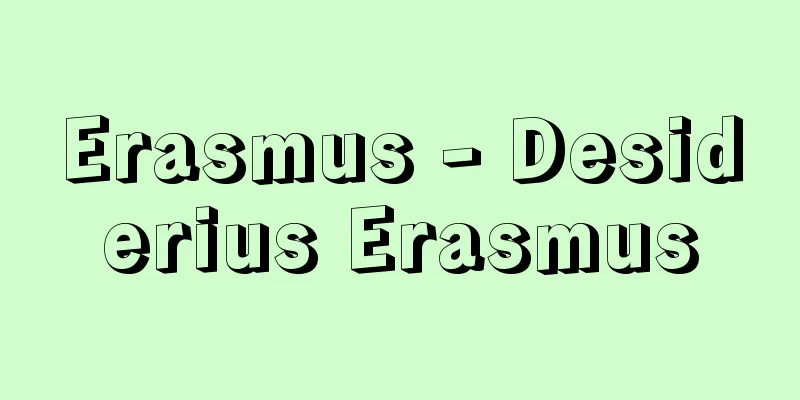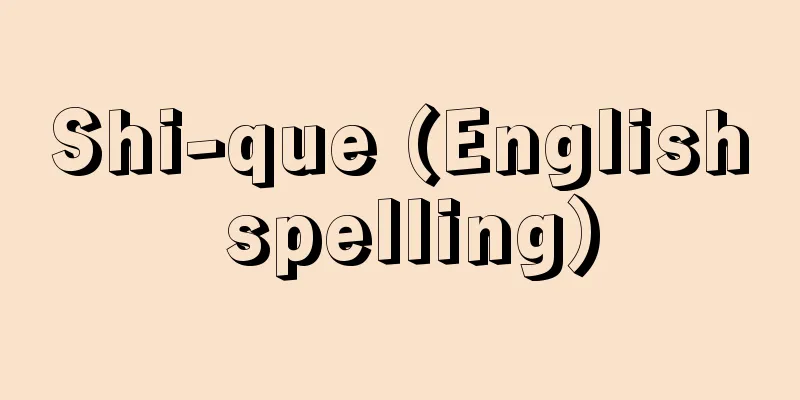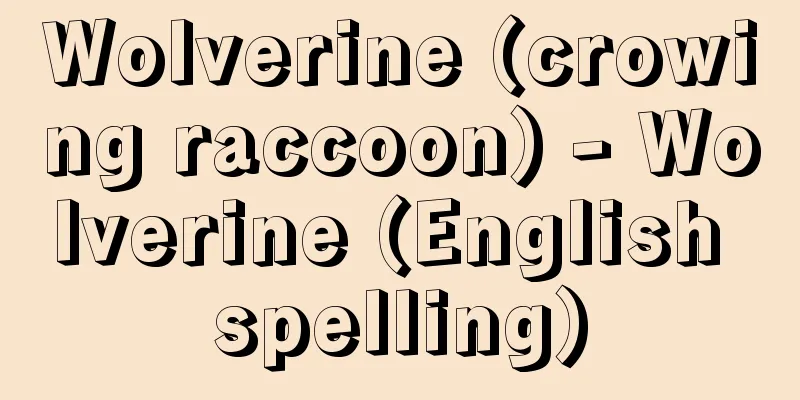Erasmus - Desiderius Erasmus

|
Dutch humanist. Born in Rotterdam as the illegitimate son of a priest. As a boy, he was educated at the school of the "Common Life" in Deventer, where he was instilled with a piety called the "new devotion." In 1488, he entered the Augustinian monastery in Steyn, but in his later years he petitioned the Pope to leave the monastery. He served as secretary to the Bishop of Cambrai, and with his support, he traveled to Paris in 1495 to study, devoting himself entirely to the study of classical Latin literature. To support himself, he gave private lessons to the children of English aristocrats, and in 1499 he traveled to England with his students, where he became acquainted with such humanists as Thomas More and John Colet. He was particularly inspired by Colet's study of the Pauline Epistles, and when he returned to Paris the following year in 1500, he resumed his Greek studies and devoted himself to the study of the Bible. The results of his work are published in "The Christian Warrior's Companion" (1504). In 1506, while traveling from Italy to England, he came up with the idea for his famous comedy, "The Praise of Folly" (1511), which he wrote in one go at Thomas More's in London. It is written in the form of a boastful story in which the "Goddess of Folly" counts up the number of foolish things in the world, and is a sharp satire of the vain debates of philosophers and theologians, the hypocrisy of the clergy, and so on. In 1516, he published "Indoctrination of Christian Princes," which expressed his desire for Christian peace to be concluded among Christian princes. He also published the first printed edition of the Greek New Testament and "The Collected Works of Jerome" (both in 1516), and was highly active in many ways, leading to his being called the "King of the Humanists." In his later years, he lived in Basel, Switzerland, where he died. He severely criticized the corruption of the church and preached a return to the spirit of the gospel of the Bible, and many of his disciples became religious reformers. He himself was initially sympathetic to Luther's religious reform, but could not agree with Luther's fanatical actions, and after writing "De Liber volte" (1524) and debating with Luther, he decisively split with him. His ideas were based on Paul's Christianity, which was based on Platonism, but he was more practical and valued prudence and moderation above all else. As Dilthey called him "the Voltaire of the 16th century," he possessed a cosmopolitan spirit and was not only a pioneer of modern liberalism, but also had a great influence on French literary thought, including that of Rabelais. "Erasmus" by J. Huizinga, translated by Nobuhiko Miyazaki (1965, Chikuma Shobo/Chikuma Gakugei Bunko) [References] | | | | | | | | |1532 Oil painting (Collection of the Metropolitan Museum of Art ) Holbein the Younger: The Eras of Rotterdam Source: Shogakukan Encyclopedia Nipponica About Encyclopedia Nipponica Information | Legend |
|
オランダの人文学者。ロッテルダムに司祭の非嫡出子として生まれる。少年時代、デベンテルの「共同生活兄弟会」の学校で教育を受け、「新しい献身」の名でよばれる敬虔(けいけん)心を植え付けられた。1488年にステインのアウグスティヌス派の修道院に入ったが、晩年には教皇に請願して僧籍を脱した。カンブレーの司教の秘書を務め、その援助で1495年パリに遊学、もっぱら古典ラテン文芸の研究に没頭した。自活をするためにイギリス貴族の子弟の個人教授をし、1499年教え子といっしょにイギリスに渡り、トマス・モアやジョン・コレットらの人文学者と知り合った。とくにコレットのパウロ書簡の研究に刺激され、翌1500年パリに戻ると、ギリシア語の勉強をやり直して聖書研究に専心した。その成果は『キリスト教戦士必携』(1504)に示されている。1506年にはイタリアからイギリスへ旅行中に着想して、ロンドンのトマス・モアのところで一気に書き上げたのが有名な戯文(げぶん)『愚神礼賛(ぐしんらいさん)』(1511)である。それは「愚(おろ)かさの女神」が世にいかに愚かごとが多いかを数え上げ、自慢話をするという形式をとり、哲学者・神学者の空虚な論議、聖職者の偽善などに対する鋭い風刺が語られている。 1516年、キリスト教君主たちの間でキリスト教的平和の締結されることを切望した『キリスト教君主の教育』を公刊。またギリシア語『新約聖書』の最初の印刷校訂本を上梓(じょうし)したり、『ヒエロニムス著作集』(ともに1516)を公刊するなど、多彩な活動をなし、「人文学者の王」と仰がれるに至った。晩年はスイスのバーゼルに住み、そこで死去した。彼は教会の堕落を厳しく批判し、聖書の福音(ふくいん)の精神への復帰を説いたので、その弟子からは多くの宗教改革者を出した。彼自身もルターの宗教改革に初めは同情的であったが、その熱狂的な行動には同調できず、『自由意志論』(1524)を書いて論争してからはルターと決定的に分裂した。彼の思想はプラトン主義に立脚したパウロのキリスト教に基礎を置いているが、より実践的であり、なによりも思慮と節度を重んじた。ディルタイによって「16世紀のボルテール」とよばれたように、コスモポリティック(世界的)な精神の持ち主で、近代自由主義の先駆者であるばかりでなく、ラブレーをはじめフランス文芸思潮に大きな影響を及ぼした。 『J・ホイジンガ著、宮崎信彦訳『エラスムス』(1965・筑摩書房/ちくま学芸文庫)』 [参照項目] | | | | | | | | |1532年ころ 油彩メトロポリタン美術館所蔵"> ホルバイン(子)『ロッテルダムのエラス… 出典 小学館 日本大百科全書(ニッポニカ)日本大百科全書(ニッポニカ)について 情報 | 凡例 |
<<: Eratosthenes - Eratosthenes
>>: Elastomer - Elastomer (English spelling)
Recommend
Karpisi Country
…The remains of a capital city from the Kushan dy...
Hua Tuo - Kada
...A native of Pei Province's Shao County (An...
Ryuyo [town] - Ryuyo
This is a former town in Iwata County, located in ...
Blue
[1] [noun] ① the name of a color. One of the five ...
Covered
...When a publication whose printing plate has al...
Padagogik (English spelling)
...An academic discipline that seeks to grasp the...
Eremurus elwesii (English spelling) Eremurus elwesii
… [Munemin Yanagi]. … *Some of the terminology th...
Innkeeper - Innkeeper
…Many inns had pastures for carriage horses. As a...
Making frosted skin - making frosted skin
…In that case, to remove the fishy smell from the...
Arashi - Arashi
A type of servant of a samurai family during the S...
Kinmeisui - Kinmeisui
A spring that gushes forth from the northwest part...
Outcrop - Roto
This refers to places where strata or rocks are e...
Aestrane - Aestrane
...Forests cover 37 percent of the country and ar...
Nine-Power Treaty
The correct name is the Treaty between the Nine Po...
Gochō
A Chinese thinker from the Yuan Dynasty. His pen ...









